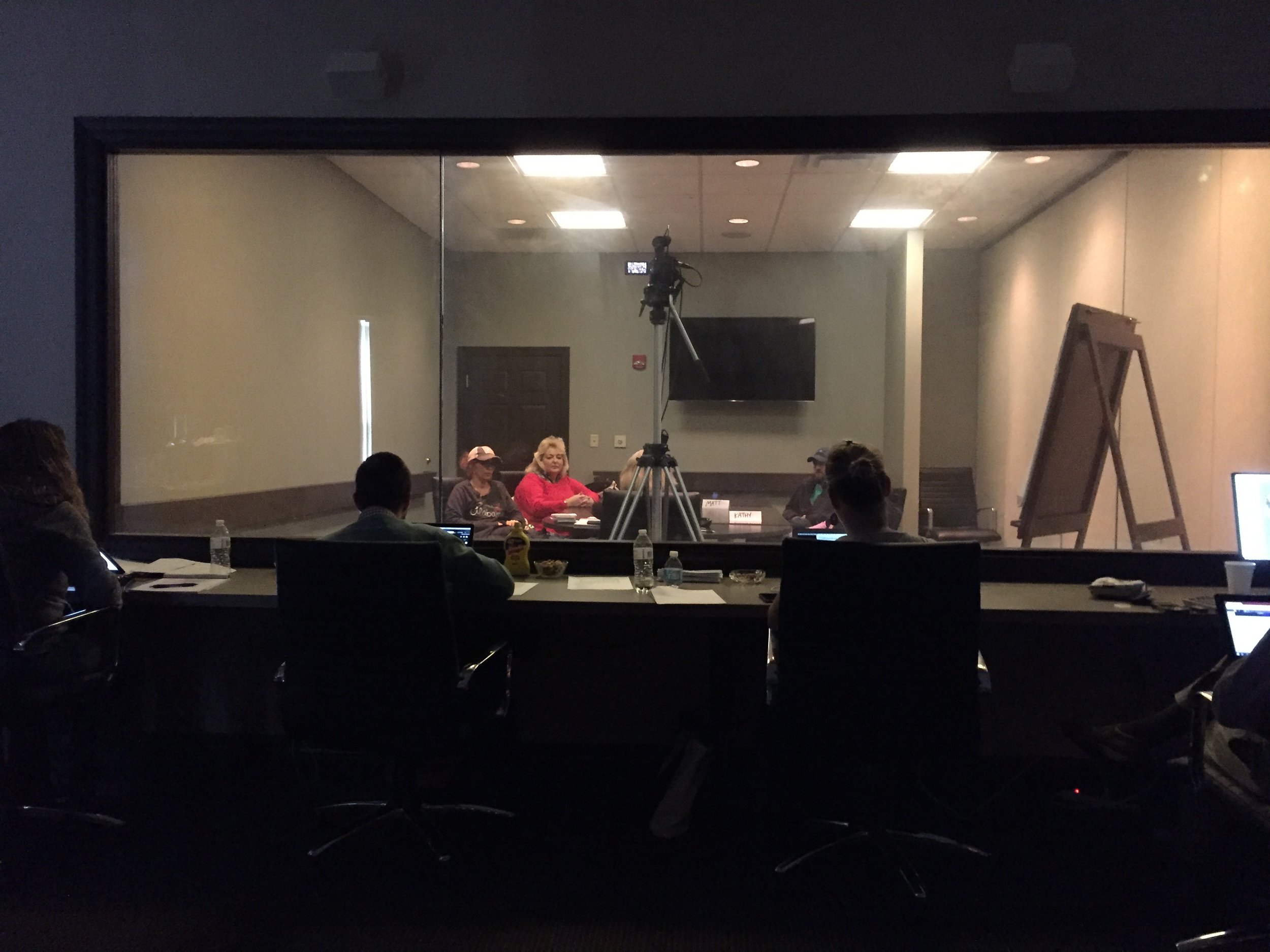Web UX/UI
I have been designing and leading design for the web for almost 20 years. We have finally entered an era where the tools and processes we use reflect the true nature of the medium: fluid, ubiquitous, and in the browser. Whether responsible for redesigning ecommerce experiences, adjusting to the rapid rise of multi-screen shopping, or hitting aggressive KPI’s, my approach is the same: understand the customer behavior, build an infrastructure that enables speed, and test/iterate constantly.

Branded Ecommerce Replatform/Redesign
In leading a replatform/redesign for the core RSC branded ecommerce sites, I pushed the team to work well ahead of schedule to do the right amount of research and testing. One thing that is always true in any project: UX has to start well before anyone thinks it should because once a project is approved and a schedule is set, teams jump straight to build cycles and need designs ASAP.
I began with the site navigation that had to accommodate a teeming array of SKUs made by PetSafe. We started the research with in-person moderated open card sorts to understand user mental models…such as learning how adamant most people are about wanting to see only cat products or only dog products, even if they owned both! I created new product nav groupings then conducted online closed card sorts to validate/invalidate. Based on the successful results I created a new taxonomy.
Through customer research and site traffic analytics we discovered the three primary user tasks customers hoped to accomplish on the sites: purchasing products, augmenting their in-store shopping, and searching for replacement parts. These became the priority focus for redesign efforts and fed into the design principles.
We formed a design vision to prioritize the various objectives of the branded websites, and together with the principles this framed decision making in the build process and helped everyone align to the outcomes.
We created new site maps and wireframes to represent the customer objectives, which also helped the business by consolidating the acquisition funnel.
A recurring question I managed from business stakeholders: how do you know the new design is an improved experience? Because standard metrics can’t identify this, we devised a series of remote unmoderated tests focused on the primary user tasks. We conducted these tests with a split sample: half of the users would see the existing site while the other half would see a prototyped site of the new designs.
The results showed a much faster task time, with all participants succeeding with the new designs where they struggled with the old.











